Bringing the beauty of nature indoors with houseplants not only enhances your living space but also contributes to a healthier and more vibrant atmosphere. However, successful indoor gardening requires more than just placing a plant on a windowsill and hoping for the best. To ensure your houseplants thrive and flourish, it’s essential to understand their unique needs and provide them with the care and attention they deserve. In this comprehensive guide, we’ll share expert tips and techniques for growing plants indoors and caring for your houseplants like a pro.
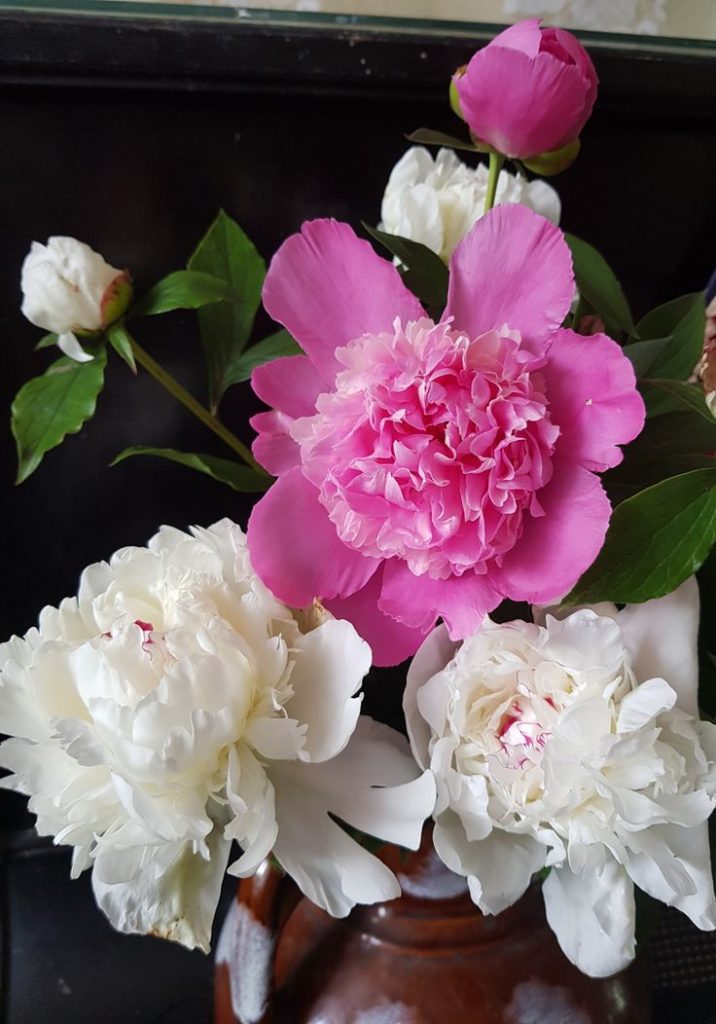

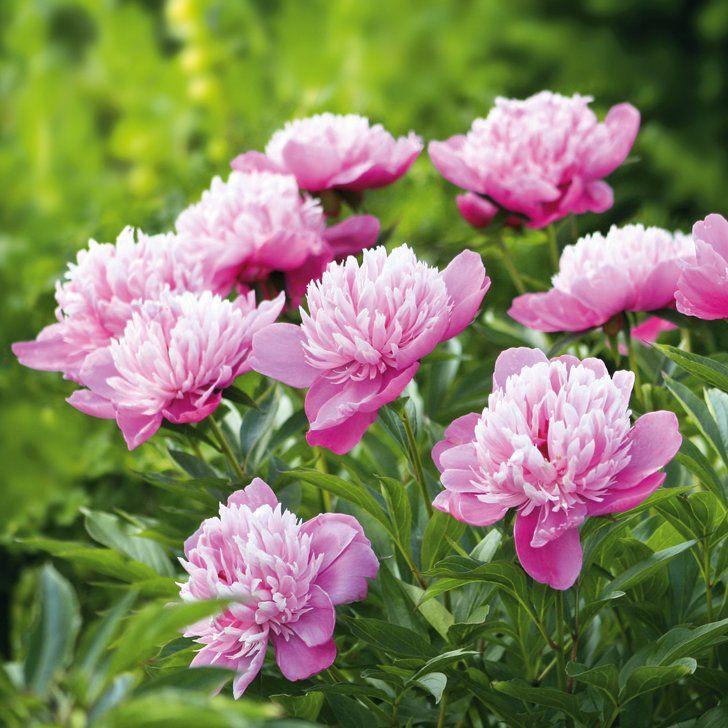

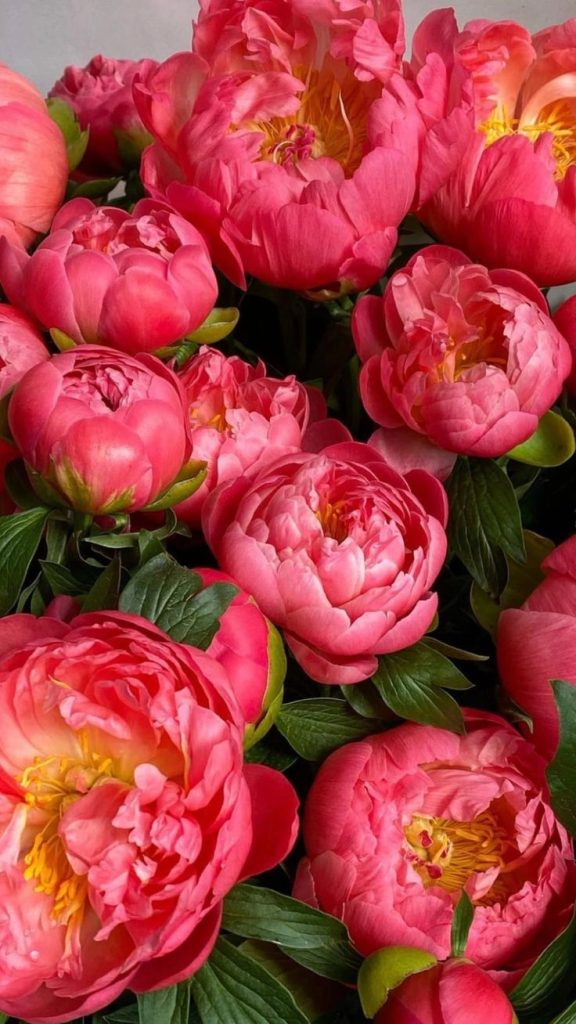
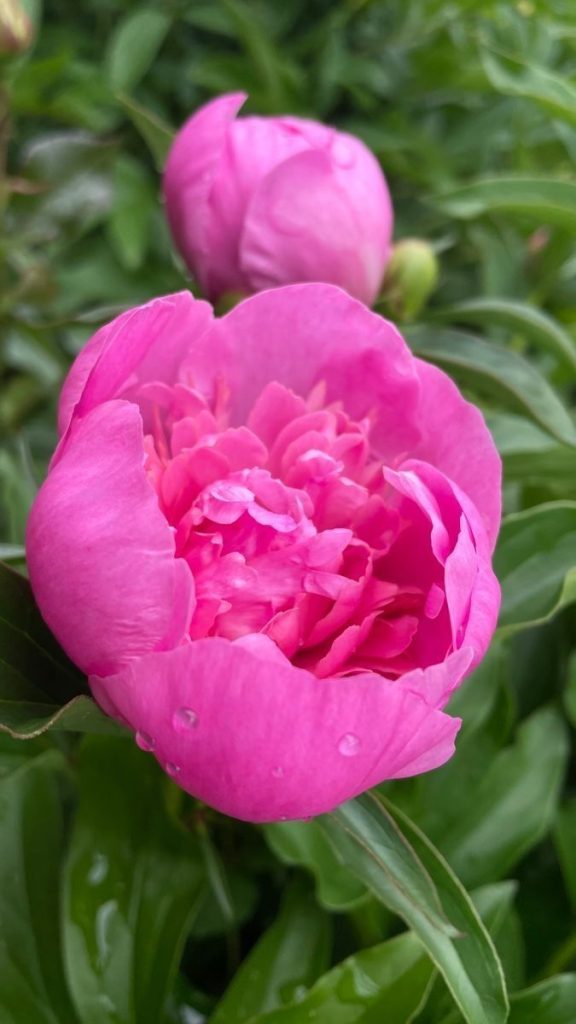
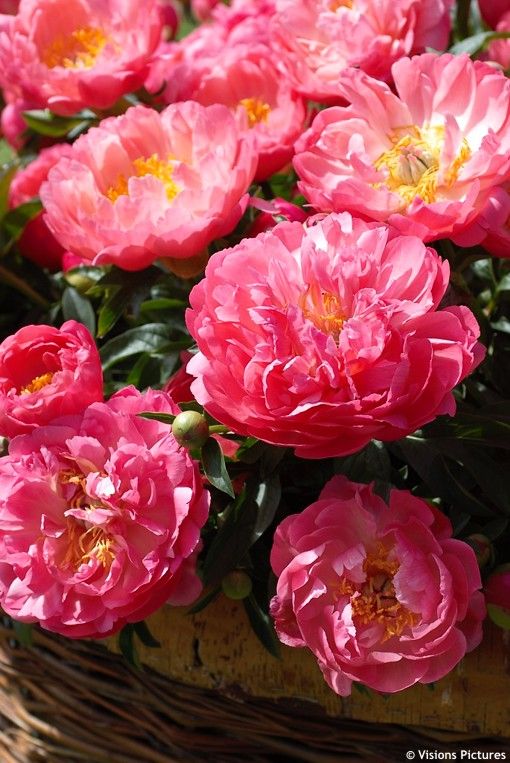

Choosing the Right Plants
- Consider Light Conditions: Assess the lighting conditions in your home to determine which plants will thrive in each area. Choose low-light plants such as pothos, snake plants, or peace lilies for dimly lit rooms, while placing sun-loving varieties like succulents, cacti, or herbs near sunny windows.
- Evaluate Space and Size: Take into account the available space and size limitations when selecting houseplants. Opt for compact or trailing varieties for small shelves or countertops, and choose taller specimens for floor-standing planters or corners.
Providing Proper Care
- Watering: Establish a consistent watering routine based on the individual needs of each plant. Allow the soil to dry out slightly between waterings, but avoid overwatering, as it can lead to root rot and other problems. Use room-temperature water and ensure proper drainage to prevent waterlogged soil.
- Lighting: Place plants in locations where they will receive the appropriate amount of light for their specific requirements. Rotate plants regularly to ensure even exposure to light and prevent uneven growth or leaning toward the light source.
- Humidity: Many houseplants thrive in environments with high humidity levels. Increase humidity around your plants by misting them regularly, placing trays of water near heat sources, or using a humidifier to maintain optimal moisture levels.
- Temperature and Drafts: Avoid placing houseplants near drafts, air vents, or heaters, as extreme temperature fluctuations can stress plants and affect their growth. Aim to maintain a consistent room temperature between 60-75°F (15-24°C) for most indoor plants.
Pruning and Maintenance
- Pruning: Regular pruning helps maintain the health and appearance of your houseplants by removing dead or damaged foliage, encouraging bushier growth, and controlling size. Use clean, sharp scissors or pruning shears to make clean cuts and minimize the risk of disease.
- Pest Management: Keep an eye out for common houseplant pests such as aphids, mealybugs, spider mites, and scale insects. Treat infestations promptly with natural remedies or insecticidal soap, and isolate affected plants to prevent the spread of pests to other plants.
Potting and Repotting
- Choosing the Right Containers: Select pots with drainage holes to prevent water from accumulating at the bottom and causing root rot. Use pots that are slightly larger than the plant’s current root ball to allow for adequate root growth and soil moisture retention.
- Repotting: Monitor your plants regularly for signs of overcrowded roots or pot-bound growth, such as slowed growth or roots emerging from drainage holes. Repot plants into larger containers with fresh potting mix as needed, typically every 1-2 years or when roots outgrow their current pot.
Conclusion
With proper care and attention, growing plants indoors can be a rewarding and fulfilling experience. By selecting the right plants for your space, providing them with the proper care and maintenance, and monitoring their growth and development, you can create a thriving indoor garden that brings joy and beauty to your home year-round. So embrace your green thumb, nurture your houseplants with love and care, and watch as they grow and flourish in their indoor sanctuary. Happy gardening!